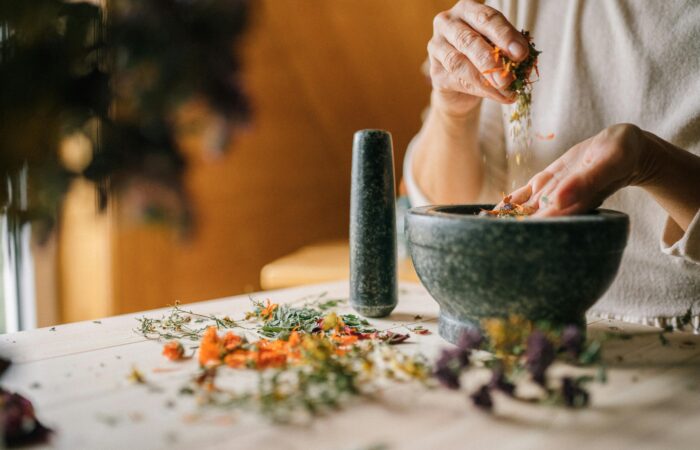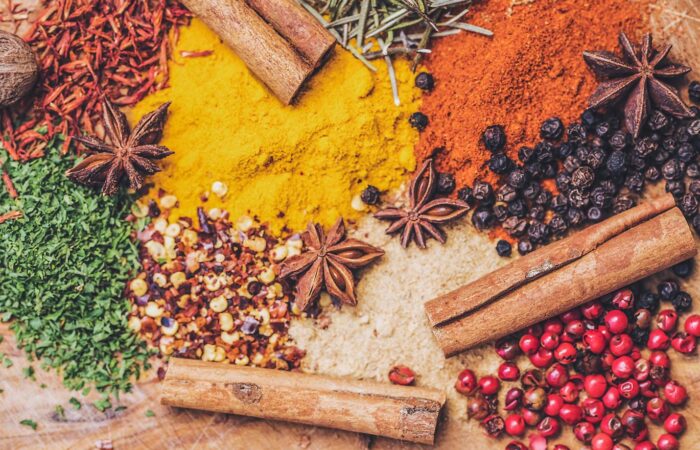Herbal medicine is humanity’s oldest form of healing. Long before pharmaceutical companies synthesized drugs in laboratories, people relied on nature’s pharmacy—plants, roots, flowers, and fungi—to treat illness, ease pain, and enhance well-being. Every culture on Earth has its own unique herbal traditions, developed through centuries of observation, ritual, and trial-and-error. Despite regional differences, they share a common belief: that the Earth provides what we need to heal.
Today, herbal medicine is seeing a renaissance. In the face of growing concerns about overmedication, antibiotic resistance, and the side effects of synthetic drugs, people are turning back to time-tested plant remedies. This blog explores the rich heritage and modern relevance of herbal medicine across different parts of the world, highlighting iconic herbs, healing philosophies, and the scientific research supporting them.
A Global Tradition of Healing Plants
Every continent has contributed to the global tapestry of herbal medicine. While the specifics vary, most traditional systems recognize the interconnectedness of body, mind, and spirit, and view plants as tools for restoring that harmony.
1. Amazonian Herbalism: The Jungle as Pharmacy
In the heart of the Amazon rainforest, Indigenous communities have relied on the medicinal power of their environment for millennia. Shamans, or curanderos, play central roles in these societies as custodians of plant knowledge.
- Ayahuasca, a psychoactive brew made from Banisteriopsis caapi and Psychotria viridis, is used ceremonially to gain spiritual insight, heal trauma, and treat addiction.
- Sangre de drago (dragon’s blood), a red sap from the Croton lechleri tree, is applied to wounds for its antibacterial and coagulant properties.
- Chuchuhuasi, a bark tonic, is valued for anti-inflammatory effects and used to ease arthritis and digestive issues.
The Amazon remains a largely untapped reservoir of bioactive compounds, drawing increasing attention from researchers and pharmaceutical companies.
2. Traditional Chinese Medicine (TCM): Balancing Qi Through Herbs
Chinese herbal medicine is one of the most sophisticated botanical traditions. Rooted in the concept of Qi (vital energy) and the balance of yin and yang, TCM employs complex formulas rather than single herbs.
- Ginseng (Panax ginseng) is prized for its adaptogenic properties—enhancing stamina, cognitive function, and immune health.
- Astragalus supports immune resilience and is often used preventively during cold and flu season.
- Licorice root (used in over 5,000 TCM formulas) harmonizes the effects of other herbs and soothes the digestive and respiratory systems.
TCM practitioners consider the individual’s constitution, the nature of the illness, and environmental factors before prescribing a custom herbal blend.
3. Ayurveda: India’s Holistic Herbal Science
In India, herbal medicine is inseparable from Ayurveda, which emphasizes balancing the three doshas (Vata, Pitta, Kapha) through diet, lifestyle, and herbs.
- Turmeric (Curcuma longa) is one of the world’s most studied herbs, renowned for its anti-inflammatory and antioxidant effects.
- Ashwagandha helps the body adapt to stress and supports adrenal function.
- Neem, known as the “village pharmacy,” is used for skin issues, blood purification, and immune support.
Ayurvedic herbs are often combined with oils or prepared into churnas (powders), asavas (fermented tonics), or ghritas (herbal ghee preparations).
4. African Herbalism: Ancestral Knowledge and Community Healing
Across Africa, herbal medicine is deeply embedded in communal life and spirituality. Knowledge is passed orally through generations of healers.
- Devil’s claw (Harpagophytum procumbens) from southern Africa is used for joint pain and inflammation.
- Bitter kola is chewed for energy, digestive issues, and respiratory infections.
- African potato (Hypoxis hemerocallidea) is used for immune boosting and as a complement to HIV/AIDS treatment in some regions.
Traditional African medicine often involves rituals and divination alongside plant remedies, reflecting a holistic view of health.
5. European Herbalism: Folk Remedies and Monastic Wisdom
Europe’s herbal traditions blend ancient folk practices with Greco-Roman medicine and medieval monastic knowledge.
- St. John’s Wort is used for mild to moderate depression and seasonal affective disorder.
- Chamomile aids digestion, sleep, and skin conditions.
- Milk thistle supports liver detoxification and regeneration.
The tradition of herbal apothecaries dates back centuries, and today’s herbalists continue to draw on this rich history while integrating scientific validation.
Scientific Validation: What Does Modern Research Say?
Modern science is increasingly validating traditional herbal remedies. Peer-reviewed studies, meta-analyses, and clinical trials are shedding light on the efficacy and mechanisms of many plant-based treatments.
- Curcumin (from turmeric) shows promise in reducing inflammation comparable to NSAIDs, without the side effects.
- Ginseng has demonstrated immune-enhancing and fatigue-reducing effects in cancer patients.
- Elderberry extracts reduce the duration and severity of colds and flu.
However, not all herbs are well-studied, and quality control remains a concern. Differences in plant species, growing conditions, and preparation methods can significantly affect potency and safety.
Challenges and Controversies
Despite its benefits, herbal medicine faces several challenges:
- Regulation: In many countries, herbal supplements are not subject to the same rigorous testing as pharmaceuticals.
- Contamination and adulteration: Poor manufacturing practices can lead to products tainted with heavy metals, pesticides, or synthetic drugs.
- Cultural appropriation: Commercialization of Indigenous knowledge without respect or compensation remains a serious issue.
Ethical sourcing and informed use are essential for both safety and social justice.
Integrating Herbal Medicine Today
Incorporating herbal medicine into modern life doesn’t require rejecting conventional care. Many people now follow an integrative approach—using herbs to complement medical treatments, improve general wellness, or manage chronic conditions.
Steps for safe integration include:
- Consulting qualified herbalists or naturopathic doctors
- Researching reputable brands and product labels
- Understanding interactions between herbs and prescription medications
- Starting with one herb at a time to monitor effects
For example, someone with mild anxiety might try lemon balm or passionflower before resorting to pharmaceuticals. Individuals with digestive complaints might benefit from bitter herbs like gentian or dandelion root before mealtime.
The Future of Herbal Medicine
The future of herbal medicine lies in the balance between tradition and science. As demand for natural therapies grows, researchers and practitioners must work together to preserve traditional knowledge while ensuring safety and efficacy through modern methodologies.
Programs that train Indigenous healers alongside biomedical professionals are already emerging, fostering mutual respect and cross-disciplinary insight. Advances in ethnobotany, pharmacognosy, and molecular biology are helping unlock the full potential of plants that heal.
Final Thoughts
Herbal medicine is not just about plants—it’s about relationships: between people and the earth, between generations, between body and spirit. While scientific rigor can enhance credibility, the wisdom embedded in these traditions holds value beyond data points.
By respecting the roots of herbal knowledge and using these remedies wisely, we honor a lineage of healers who believed deeply in the natural world’s capacity to nurture and restore us.




